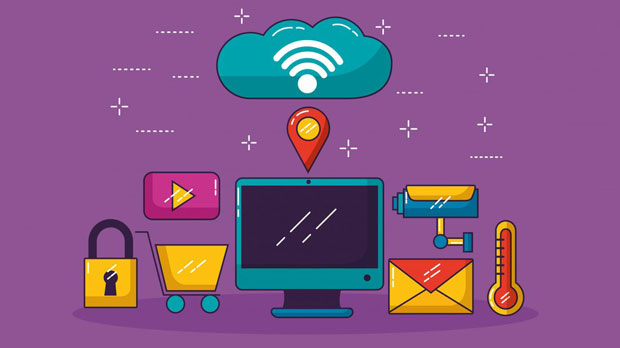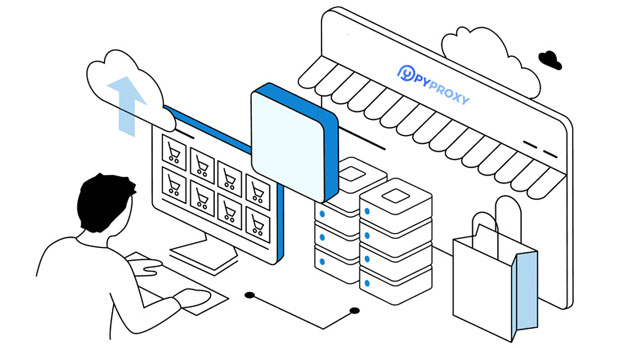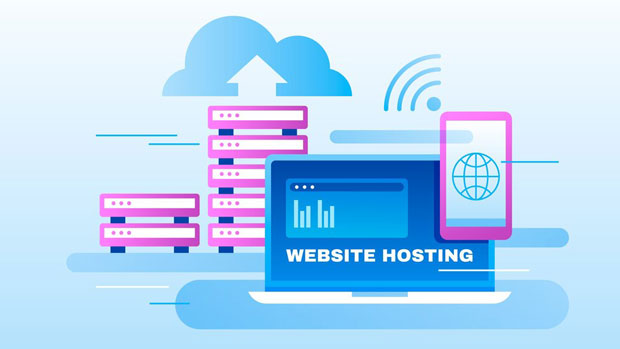SOCKS5 is a versatile proxy protocol that allows network traffic to pass through intermediaries, providing privacy and bypassing restrictions. One of the common use cases for SOCKS5 is its role in P2P (Peer-to-Peer) downloading. However, whether SOCKS5 truly supports P2P downloading is a subject of debate among experts. While SOCKS5 can theoretically facilitate P2P traffic, several factors such as connection types, packet structure, and the software involved play pivotal roles in determining its actual efficiency and support for P2P downloads. In this article, we will explore SOCKS5’s capabilities, limitations, and potential benefits when it comes to P2P traffic, offering practical insights for users seeking to understand this aspect in detail. What is SOCKS5 and Its Role in Network Communication?SOCKS5, the latest version of the SOCKS protocol, functions as a network proxy that enables clients to route their internet traffic through an intermediary server. Unlike other protocols like HTTP proxies, SOCKS5 is highly flexible and can support a wider range of internet protocols, including UDP, which is crucial for certain P2P applications. It essentially acts as a mediator between the client and the destination server, providing anonymity and helping users bypass geo-restrictions and censorship. SOCKS5 supports various authentication methods, ensuring secure communication.One of the key advantages of SOCKS5 over its predecessors is its capability to handle more diverse traffic types, which include both TCP and UDP protocols. This wide-ranging support makes SOCKS5 an attractive option for users who want to obscure their IP addresses while engaging in various online activities, including file sharing, gaming, and browsing.The P2P Protocol and Its RequirementsPeer-to-Peer (P2P) networks involve direct communication between users, allowing them to share resources like files without the need for a central server. P2P file sharing is commonly used for large-scale distribution of content, such as torrents, where peers download and upload portions of the same file simultaneously.P2P protocols, such as BitTorrent, require specific features for optimal performance. These include:- Direct, low-latency connections between peers for fast data exchange.- UDP support for faster data transmission, especially for real-time data like video streaming.- Ability to manage multiple simultaneous connections, as a typical P2P user connects to many peers.The challenge, therefore, lies in ensuring that the proxy, such as SOCKS5, can facilitate these specific requirements without hindering the overall performance of the P2P connection.SOCKS5 and Its Compatibility with P2P DownloadingSOCKS5 can technically support P2P downloading, but its effectiveness is highly contingent on several factors. The first consideration is the type of traffic involved. Since SOCKS5 works by relaying data between the client and the server, it can handle both TCP and UDP traffic. Many P2P applications, including BitTorrent clients, require UDP for efficient data transfer. SOCKS5’s ability to support UDP is a crucial advantage, as many earlier proxy protocols, including SOCKS4, lacked this functionality.However, the effectiveness of SOCKS5 for P2P download depends on how the proxy server is configured. Many proxy providers restrict or configure their servers in ways that can limit the performance of P2P traffic. For instance, some sock s5 proxies may throttle connections to reduce bandwidth usage or prevent misuse, which can significantly slow down P2P downloads.Additionally, while SOCKS5 can route traffic, it doesn't inherently offer advanced features like peer discovery or encryption, which are often required by P2P networks for secure and efficient file sharing. In such cases, users may need to rely on additional software layers, like VPNs or specialized torrent clients that can handle the specific demands of P2P networks.Limitations of SOCKS5 in P2P DownloadingDespite its potential for supporting P2P traffic, there are several limitations that users should be aware of:1. Connection Speed and Reliability: SOCKS5 can route traffic, but depending on the proxy server’s quality and geographical location, the connection speed can vary significantly. High-latency connections can hinder the speed of P2P downloads, which are highly dependent on fast, low-latency connections between peers.2. Packet Inspection and Throttling: Many SOCKS5 servers, especially free or public ones, may limit bandwidth or engage in packet inspection, which could interfere with P2P traffic. This is particularly problematic for users trying to download large files or engage in simultaneous file sharing with multiple peers.3. Lack of Encryption: Unlike VPNs, SOCKS5 does not inherently provide encryption, which means that P2P traffic routed through SOCKS5 may be exposed to monitoring. While some P2P applications (like BitTorrent) use their own encryption for communication between peers, relying solely on SOCKS5 for anonymity can expose users to certain risks, especially when connecting to untrusted peers.4. Limited Support for Peer Discovery: In a P2P network, discovering new peers to connect with is essential for maintaining a fast download speed. SOCKS5 proxies do not generally facilitate this process, so P2P clients must rely on other methods to find peers, which may not always be as efficient as direct connections.Practical Use Cases for SOCKS5 in P2P DownloadingAlthough SOCKS5 has limitations, there are still practical scenarios where it can be used effectively for P2P downloading:1. Bypassing Censorship: In regions where P2P traffic is restricted or throttled, SOCKS5 can be used to bypass these restrictions. By routing traffic through a proxy server in another location, users can access P2P networks freely without fear of being blocked.2. Enhanced Privacy: SOCKS5 provides a degree of anonymity by masking the user's real IP address. This can be useful for individuals who want to protect their identity while participating in P2P downloads, particularly in jurisdictions with strict copyright laws.3. Light P2P Usage: For users who do not require heavy P2P traffic but still want the benefits of anonymity, SOCKS5 can be an effective solution. It is particularly useful for accessing smaller files or occasional downloads where connection speed and stability are not major concerns.Alternatives to SOCKS5 for P2P DownloadingFor users who require more robust support for P2P downloading, alternatives to SOCKS5 include:1. VPNs (Virtual Private Networks): A VPN offers full encryption, secure tunneling, and faster connection speeds compared to SOCKS5. VPNs are especially useful for P2P users who prioritize security and privacy while downloading large files.2. Dedicated P2P Proxies: Some proxy services are specifically designed for P2P traffic. These proxies are optimized for handling large volumes of data and ensuring faster download speeds, making them a better alternative for heavy P2P usage.3. Direct Connections: If privacy is not a major concern, some users may prefer to connect directly to P2P networks without using a proxy at all. This eliminates the limitations of SOCKS5 and offers the best performance for large-scale file sharing.SOCKS5 can support P2P downloading to a certain extent, but its effectiveness is influenced by various factors like server configuration, bandwidth limitations, and the lack of advanced features such as encryption. While it offers some benefits, especially in terms of privacy and bypassing restrictions, users who engage in heavy P2P traffic or require high-speed downloads may want to consider alternatives like VPNs or dedicated P2P proxies. Ultimately, the choice of protocol depends on the user's specific needs and priorities, such as speed, security, and ease of use.
Sep 25, 2025


































































